by Klaus Schroiff, published February 2020
Introduction
The Olympus M.Zuiko 45mm f/1.2 PRO is among the best lenses that we have ever tested here at OpticalLimits and it deserved a very rare 5* rating across the board. And it has two close cousins – the 25mm f/1.2 PRO, thus a standard lens, and the Olympus M.Zuiko 17mm f/1.2 PRO which we are going to discuss now. It’s the type of lens that is wide enough for catching scenery and moderate enough to keep things still within a “normal” perspective which explains the popularity of such a lens among street photographers. Additionally, the M.Zuiko is sufficiently fast to make it interesting for low-light even though Micro-Four-Thirds is not ideal in this respect due to the comparatively small sensor size.
As the name implies, it is a member of the professional gang of Olympus lenses coming with a correspondingly steep price tag of around 1200USD/EUR mark.
In terms of shape and feel it is almost indistinguishable from its 45mm stablemate – which is, of course, a good thing. Thus the build quality of the 17mm f/1.2 PRO is excellent. Professional lenses are designed to withstand some abuse – and the 17mm f/1.2 PRO is dust-proof, splash-proof, as well as freeze-proof. It’s an all-metal construction that maintains its length during focusing (aka internal focusing). Olympus also implemented a programmable L-Fn (lens function) button for easily accessible settings adjustment. A plastic, petal-shaped lens hood is provided.

The AF is very fast, silent and, of course, precise. The Movie & Still-compatible (MSC) autofocus system is also aligned to smooth video recording. The lens features a focus-clutch mechanism for switching between manual and auto-focusing. It is a matter of taste but we are generally not a fan of this approach because you keeping the focus is next to impossible when switching between the modes. However, unlike on conventional focus-by-wire systems, you do get a focus distance as well as a depth-of-field scale on the lens barrel.
| Specifications | |
|---|---|
| Equiv. focal length (full-format) | “34mm” (in terms of field-of-view) |
| Equiv. aperture (full-format) | “f/2.4” (in terms of depth-of-field) |
| Optical construction | 15 elements in 11 groups inc. 1x Super ED, 3x ED, 1x ED-DSA, 1x EDA, 1x Super HR, 1x aspherical elements |
| Number of aperture blades | 9 (rounded) |
| min. focus distance | 0.2m (max. magnification 1:6.7) |
| Dimensions | 68.2x87mm |
| Weight | 390g |
| Filter size | 62mm |
| Hood | petal-shaped (bayonet mount, supplied) |
| Other features | dust-, moisture- & freeze proof, focus-clutch, L-Fn button |
| Mount | Micro-Four-Thirds |
Distortion
Image distortions are generally nothing Micro-Four-Thirds users have to worry about because these are corrected under the hood. This also applies to the Olympus M.Zuiko 17mm f/1.2 PRO which only shows a negligible barrel distortion. While JPGs or Photoshop/Lightroom will not show you the original distortion characteristic of the lens, CaptureOne still does and it reveals a native barrel distortion of ~3.4%. While it is quite heavy, it’s a least not excessive.
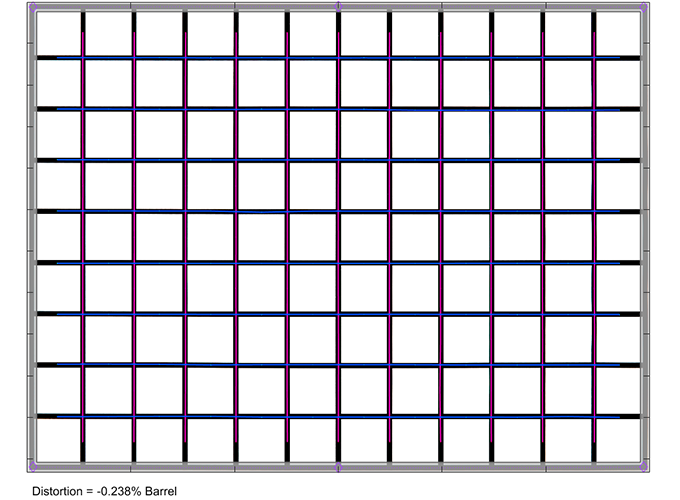
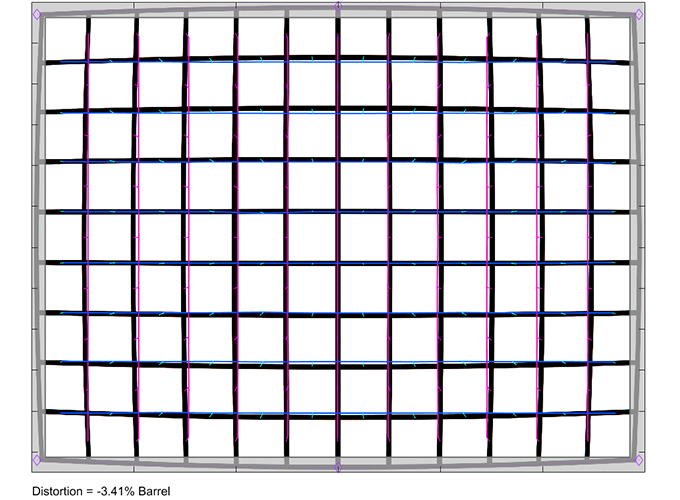
Vignetting
Image auto-correction does also make a difference when it comes to vignetting. Unsurprisingly, the original vignetting is quite high at 1.2EV (f-stops) at maximum aperture. Stopping down to f/2 reduces the light falloff quite a bit and it’s barely visible from f/2.8 onward. Autocorrection has, of course, the highest impact at f/1.2 with a 0.7EV reduction. Beyond, it doesn’t need to work quite as hard to keep the issue at bay.
That all being said – compared to full format cameras, this is all next to nothing even at f/1.2.

MTF (resolution)
The resolution of the Olympus M.Zuiko 17mm f/1.2 PRO isn’t quite on the same level as on the 45mm f/1.2 PRO. The center is impressively sharp at f/1.2 already but the borders/corners are “only” good to very good – which is certainly commendable at this setting. Stopping down improves the center to an excellent resolution at f/1.6 and to biting sharpness at f/2 but the outer image field improves only marginally. Diffraction effects set in beyond f/2 but they aren’t overly noticeable until f/8 really.
The field curvature is low. The centering quality of the tested sample was Ok with a slightly tilted focus plane.
Please note that the MTF results are not directly comparable across the different systems!
Below is a simplified summary of the formal findings. The chart shows line widths per picture height (LW/PH) which can be taken as a measure for sharpness. If you want to know more about the MTF50 figures you may check out the corresponding Imatest Explanations

Chromatic Aberrations (CAs)
Lateral CAs are well-controlled at around 0.4px on average at the image borders.

Bokeh
Olympus is emphasizing the lens’s ability to produce a “feathered” bokeh. This refers to the way out-of-focus highlights are rendered. If those highlights are “feathered”, the brightness of the highlight discs fades towards the edges of the discs. As you can see below the highlights have indeed a very fuzzy edge transition. The inner zone of the discs is also very smooth.

The circular shape of the highlights deteriorates the more you move to the image corners and the Olympus lens is no exception here (technically this is a mechanical vignetting effect from the lens opening). Still, the results remain pleasing at f/1.2. Stopping down transforms the disc shape but it takes till at least f/2.8 till the discs are also circular in the outer image field. Please note that this is a normal effect.
Note: You may spot some double-haloed highlights in the f/1.2 sample below – these relate to the combination of the wide-angle character of the lens and the shape of photodiodes used as a light source.
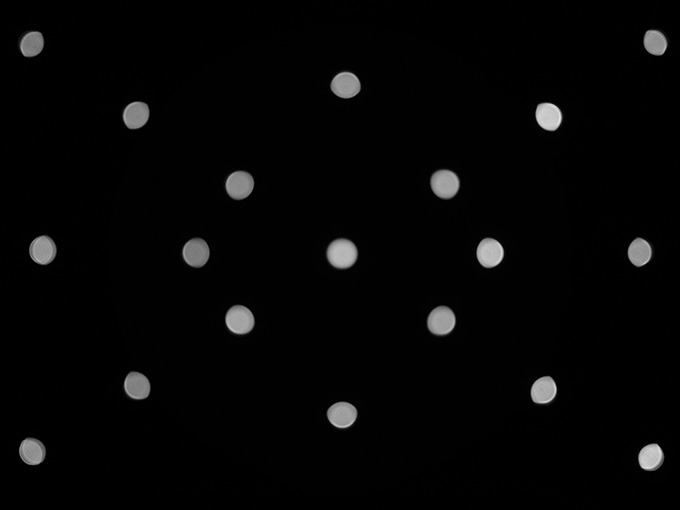
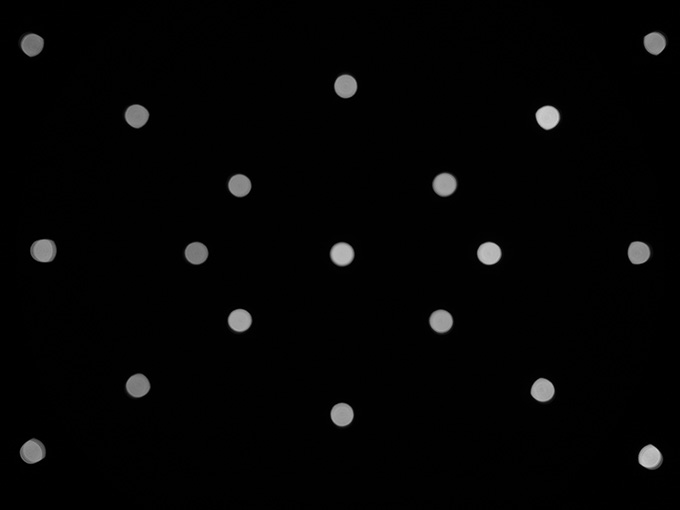
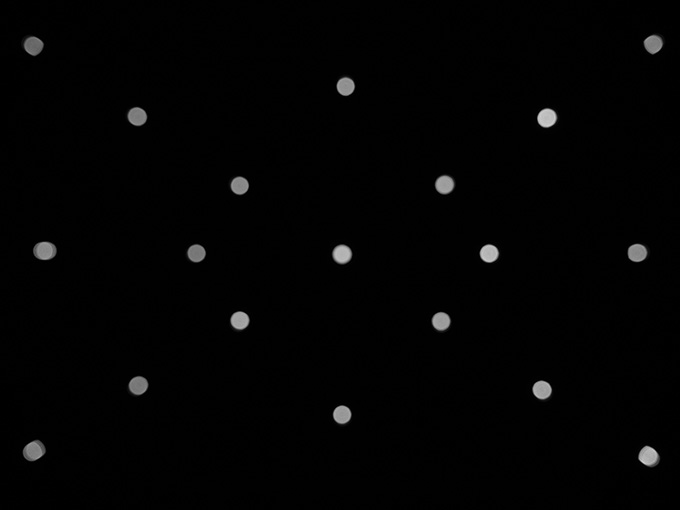

The general rendition of out-of-focus elements in the focus transition zones is also very silky. Once again – top marks for Olympus here!

Sample Images
Competition
There are several lenses competing with the Olympus M.Zuiko 17mm f/1.2 PRO (shown to the left) across all speed classes. In the mainstream category, there’s the Sigma 16mm f/1.4 DC DN (center). It’ll be covered in one of our next reviews albeit in Sony E mount. It’s about half the price of the Olympus lens which can be partially explained by the somewhat slower max. aperture. It’s a decent lens but the AF accuracy isn’t quite as high and you can expect a weaker performance at f/1.4. The bokeh is also not quite as nice either. The image quality should be quite comparable at slower speeds though. A very different lens is the Leica DG Summilux 15mm f/1.7 ASPH (to the right) – yet to be tested locally. It is already a noticeably bit wider and slower still – but obviously also much smaller at half the price again. The Leica lens is quite a compelling offer if you don’t require the extra speed. Slower still is own Olympus 17mm f/1.8 but performance-wise it’s less interesting. The M.Zuiko 17mm f/1.2 PRO is not the fastest lens in its class. This badge belongs to the Voigtlander Nokton 17.5mm f/0.95, an all-manual lens and as such certainly more niche. It should be pretty good though if you don’t mind DIY everything.

Visual comparison courtesy of camerasize.com.
The Olympus M.Zuiko 17mm f/1.2 PRO may not be quite as stellar as the 45mm f/1.2 PRO but it doesn't mean that it's a dud. It's far from it. The resolution characteristic doesn't show any weaknesses but there is a drop between the center and border/corner quality. The center is very good to excellent at f/1.2 whereas the borders are more in the good to very good range. That's actually impressive at f/1.2 just to stress this. Stopping down boosts the center but the outer image field ... not so much. Lateral CAs are low though so this contributes to the high sharpness perception. Auto-correction takes care of image distortions which are clearly present in RAW files. The original vignetting is quite high at f/1.2 but, once again, auto-correction will come to the rescue here for most users anyway.
A real highlight (no pun intended) is the quality of the bokeh which is very smooth and that's especially impressive considering the wide-angle nature of the lens. That's for the technical bokeh at least. If you had a look at our sample images, you may, however, recognizes that the sheer ability to produce a shallow depth-of-field is rather limited. On the 45mm f/1.2 this isn't so much of an issue simply because of its relatively long focal length but the 17mm f/1.2 doesn't have this advantage. In terms of depth-of-field we are talking about a "34mm f/2.4" (in full format terms) here so keep that in mind.
The build quality of the Zuiko is excellent thanks to a tightly assembled all-metal and sealed construction. It's even freezeproof down to -10C which is something few other manufacturers can claim for their professional-grade lenses. Whether you like the focus-clutch mechanism for switching between AF and MF is a matter of taste. It is quite inevitable to shift the focus when doing the switch. However, the clutch does give you a mechanical focus coupling with a distance scale which is rare on mirrorless lenses. Most will still prefer to use the MSC autofocus and both its speed and accuracy are very high.
The Olympus M.Zuiko 17mm f/1.2 PRO is a pricey lens. If high speed and a great bokeh are your priorities, it is an obvious mainstream choice. As far as sharpness goes, there are more affordable options available that can give you just as much.
-
Optical Quality
-
Build Quality
-
Price / Performance


